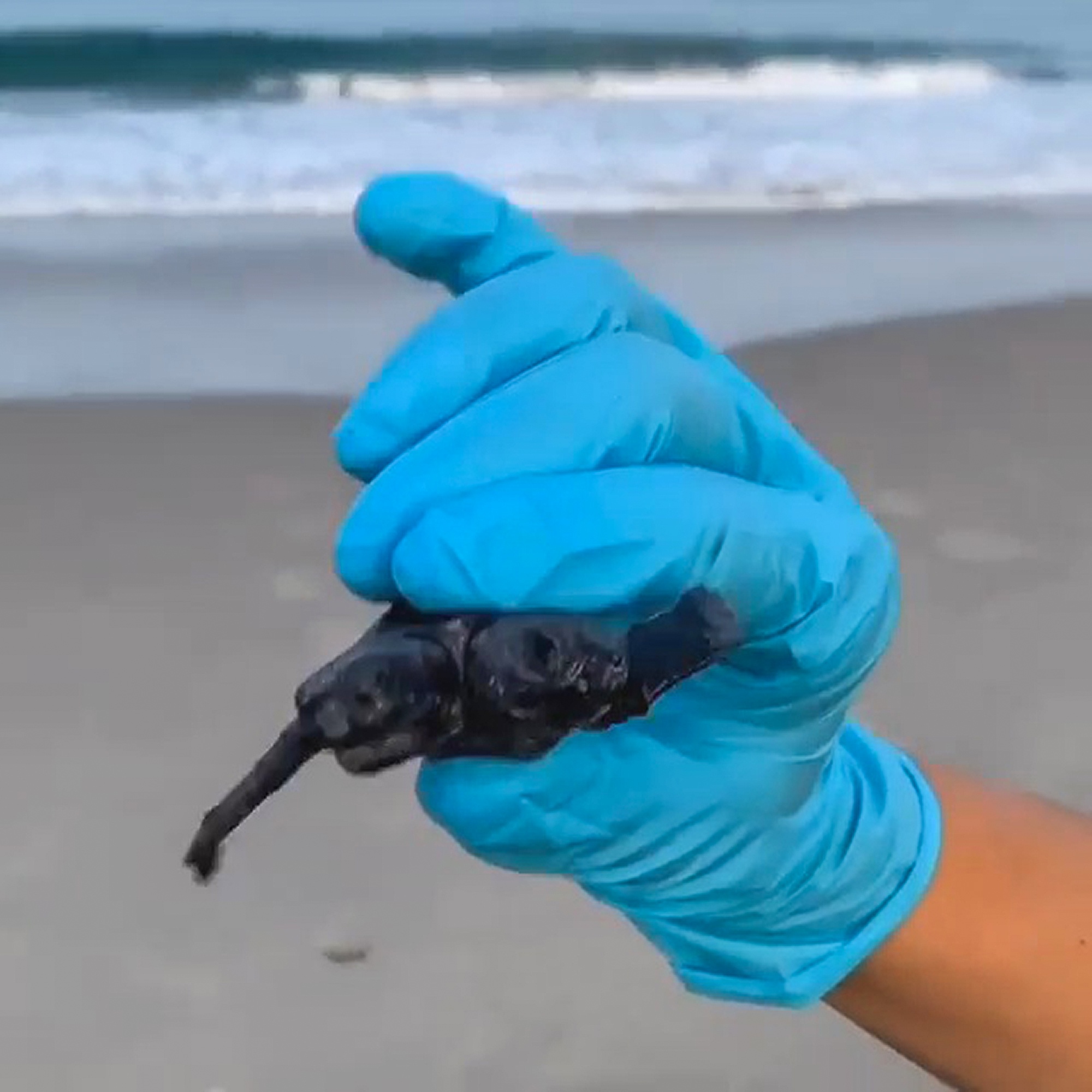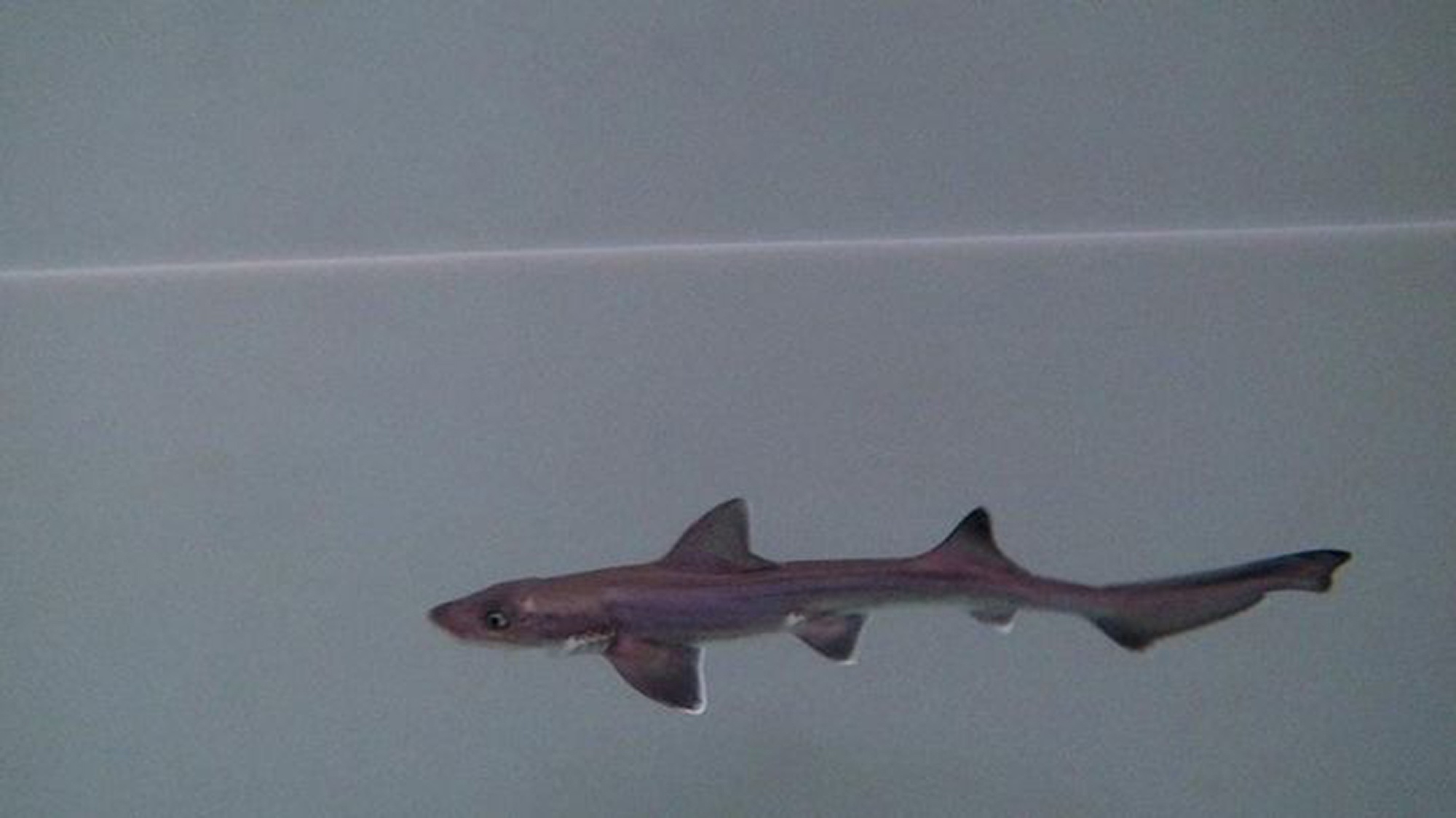An endangered Iberian lynx found critically injured by the roadside in Spain died after swallowing a massive amount of plastic, it has emerged.

The wild cat was discovered close to death near the town of Lorca, in the southern Spanish region of Murcia on 8th June.
But despite emergency treatment, the Iberian lynx (Lynx pardinus) died later the same day, say wildlife officials.
Now an autopsy has revealed that the lynx – listed as ‘endangered’ on the International Union for Conservation of Nature’s (IUCN) Red List of Threatened Species – had swallowed 150 grammes (5.3oz) of plastic.
And a second lynx has now gone missing after its GPS signal from a tracking collar disappeared, according to Spanish officials
The dead lynx – named Tiko – had two lumps of plastic and a foam cord stuck in its digestive tract.
It had also lost weight because it had been unable to eat with its stomach full of the plastic rubbish.
The sharp-edged plastic had also caused an agonising duodenal ulcer in the cat’s small intestine, the autopsy report revealed.
Newsflash obtained a statement from the Autonomous Community of the Region of Murcia on Wednesday, 21st June giving the cause of death as “plastic ingestion”.
They said in a statement: “The Ministry of Environment announced today that the death of the Iberian lynx specimen, Tiko, was due to plastic ingestion, as revealed by the performed autopsy, in addition to peritonitis associated with a perforated gastric ulcer.
“The report confirms a significant weight loss in the specimen compared to the time of its release and demonstrates that the animal had 122 grammes of plastic rubber in its stomach, another 21 grammes in the duodenum, as well as a piece of foam cord.
“It also includes a radiological examination ruling out traumatic injuries such as fractures.”
The statement continued: “The animal was found on Thursday, June 8, in the vicinity of an abandoned feeding site located in the district of El Consejero in Lorca.
“On the same day, it was collected by veterinarians from the El Valle Wildlife Recovery Center (CRFS) and transported to the facilities of said centre, where various treatments were initiated but did not yield the desired response.”
Maria Cruz Ferreira, managing director of the region’s environmental agency said: “This unfortunate incident does not endanger the reintroduction project of the Iberian lynx in the Region of Murcia.
“We were aware that such incidents could occur, as evidenced by over a hundred specimens dying in Spain last year for various reasons.”
She added: “We would like, and we have conveyed this, to have a new specimen this year to once again have eight Iberian lynx specimens in Las Tierras Altas de Lorca and balance the populations of males and females.”
The statement also said: “Furthermore, the Department of Environment reported the loss of GPS contact with the specimen Torrealvilla, whose tracking collar was found 48 hours ago a few meters from the highway that runs from Puerto Lumbreras to the municipality of Vélez Rubio in Almeria.”
Wildlife officials have appealed to the public for help in tracking down the missing lynx.
Ferreira said: “We request the cooperation of the public in trying to locate the specimen, so if anyone observes any situation or comes across a lynx, they should call 112 as soon as possible.”
She added: “The lynx reintroduction project needs the environmental commitment of society as a whole to allow this species to be reintroduced into our forests, without pressures or actions that would cause the initiative to fail.”
The statement went on: “It should be noted that LYNXCONNECT is a transnational project between Spain and Portugal, funded by the European Union, aimed at developing joint actions for the conservation of the Iberian lynx.
“Its main objective is to connect all lynx nuclei, creating new presence areas in intermediate zones and establishing new nuclei in order for the global population of the Iberian lynx to behave as a self-sustainable metapopulation.”










